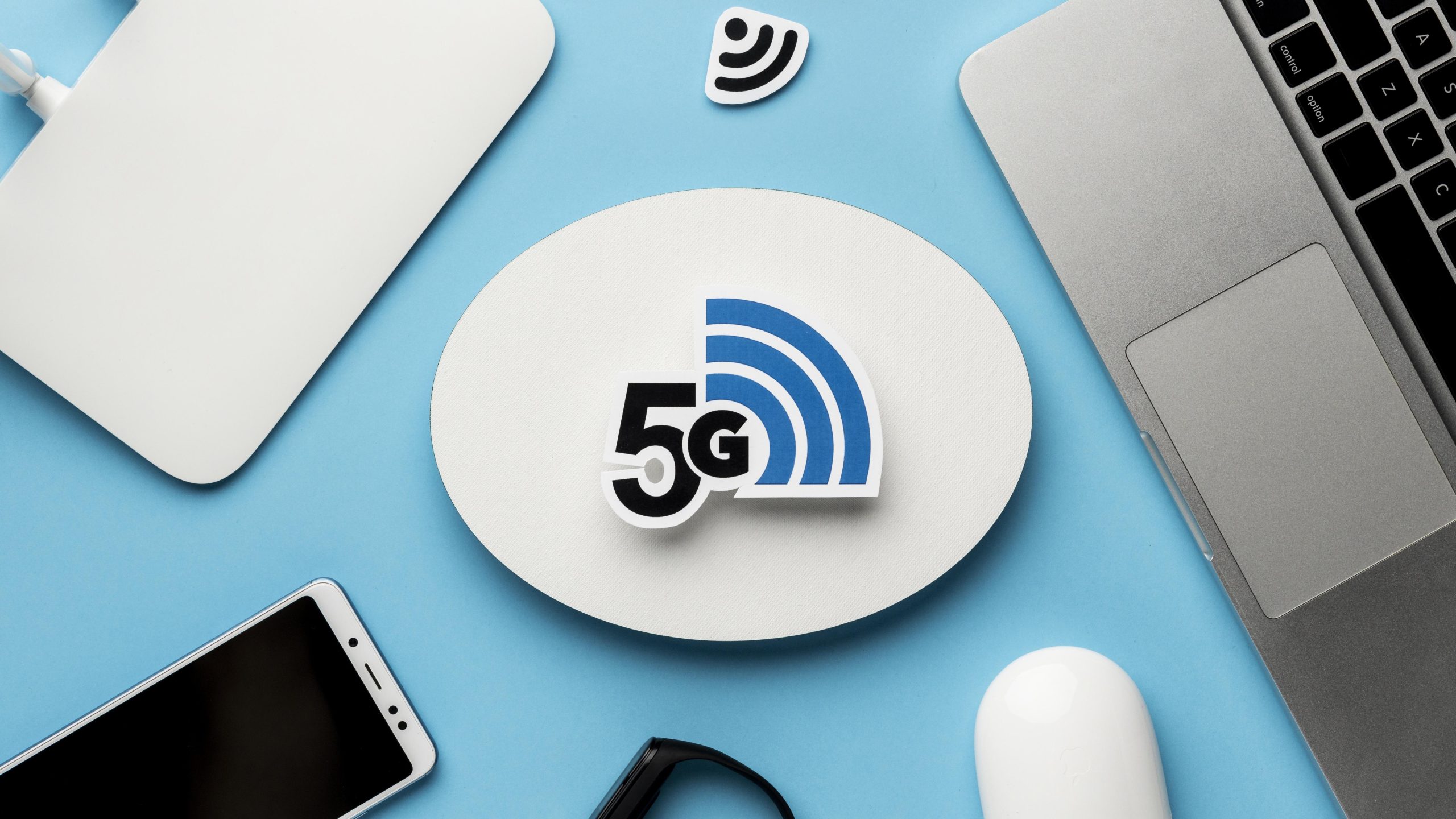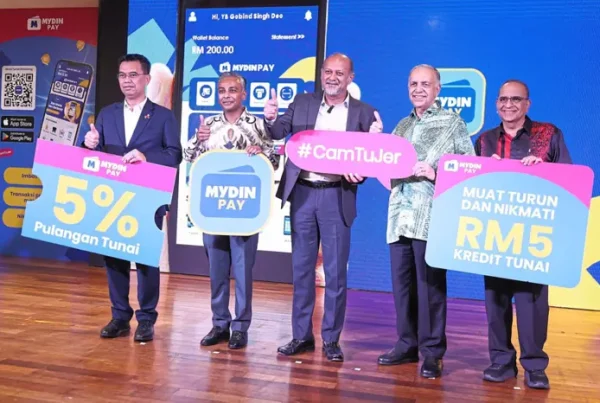Earnings to Remain Intact on 5G Dual-Network Model
The research house noted that its cautious optimism is based on a more accommodative regulatory environment following the withdrawal of government intervention, healthy competition between two networks that will result in optimal wholesale and retail prices, and enhanced network roll-out efficiencies for the second 5G network.
In terms of 5G adoption, there is significant room to catch up with 4G take-up in Malaysia as it is still early days and user awareness still remains subdued.
“Evidently, the small 5G subscriber base of 1.4 million in Malaysia is dwarfed in comparison with the 43 million 4G subscribers. Moreover, out of the 74% of CelcomDigi Bhd’s subscribers who have activated their 5G devices, merely 11% are active users.
“However, we acknowledge that 5G monetisation may materialise in the future to provide a boost to average revenue per user (Arpu) and earnings,” the research house said in a report yesterday.
Kenanga Research said Arpu trends are generally weaker among major telecommunication players. With the exception of Celcom’s prepaid segment, year-on-year (y-o-y) Arpu was weaker across the board for all segments in the third quarter of 2023 (3Q23), particularly for Digi.
“Digi’s blended Arpu declined by 8% y-o-y, which was attributed to weakness at the postpaid segment. This emanates from the dip in interconnect rates (effective March 2023), and slower traction for on-demand offerings.
“Hence, this further exacerbated the decline in CelcomDigi’s postpaid Arpu, which was as high as RM71 in the first quarter of its financial year 2022 (1Q22) before the start of its sequential rout,” the research house said.
As for Maxis Bhd, it said the drag from new users on its affordable entry level Hotlink Postpaid plans resulted in weaker postpaid Arpu (down by 7% y-o-y). This was in-line with Maxis’ strategy to upsell products and upgrade its low-margin prepaid subscriber base.
“On the bright side, sequential prepaid Arpu for Maxis remained resilient in spite of the introduction of affordable Madani prepaid packages in 3Q23. This was attributed to effective Arpu management via personalised promotions on the Hotlink MU app,” the research house said.
Kenanga Research noted that under Phase 2 of the plan to implement the 5G network in two phases, the single wholesale network will transition to a dual network. Additionally, as part of this transition, two entities – entities A and B – will be established and each will own Digital Nasional Bhd and the upcoming second 5G network, respectively.
In terms of the impact to dividends, the research house said in its view, the best-case scenario for entity A is that its associate contribution more than offsets cost from wholesale network access payments and opportunity and/or interest costs on the required outlay for stake acquisition.
As for fixed services, the research house said it will likely see a benign impact from re-pricing of wholesale tariffs.
“Moving forward, we understand that Telekom Malaysia Bhd (TM) is close to finalising negotiations with access seekers on its new reference access offer (RAO).
“Following this, the repricing of its wholesale broadband tariffs will take effect retroactively from March 2023. Hence, the impact of this exercise will likely be reflected on TM’s FY23 earnings.”
Kenanga Research maintained an “overweight” call on the telecommunication sector with top picks being CelcomDigi and TM with a target price of RM5.34 and RM6.76, respectively.
Source Credit: https://www.thestar.com.my/business/business-news/2024/01/30/earnings-to-remain-intact-on-5g-dual-network-model




